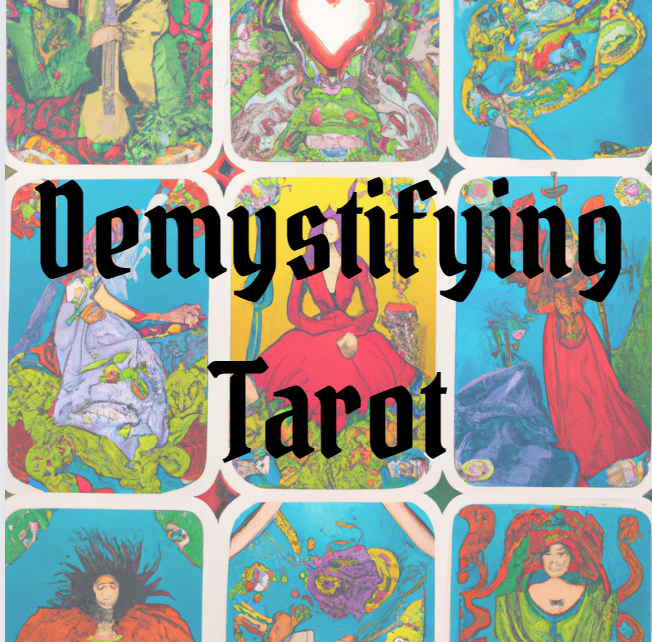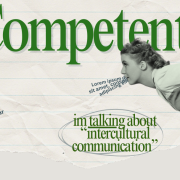I will admit it is hard to detach tarot from fortune-telling. A quick Google search will tell you esotericists have used tarot decks as tools for divination since the 18th Century, employing card spreads to uncover the occult for themselves and their clients. This practice has evolved to become a staple in modern witchcraft, and as a result, tarot content has become prevalent on mainstream social media.
Tarot’s current appeal online stems from its seemingly indubitable divination abilities: the promise that cards pulled for thousands of viewers can underpin what your future will look like. Many young people, and I include my younger self in this, implicitly trust these videos to provide “signs” and “confirmations” of whatever message they want to hear.
When analysed clinically, it becomes evident a lot of tarot content on YouTube and TikTok is geared to feed into its audience’s wishes, with titles such as “what do they find attractive around you?” and “when will you get together?” relying on positive, desired assumptions. Needless to say, a suspicious amount of short-form content features romantic cards like the 2 of Cups and the Lovers significantly more than the 76 remaining cards. In essence, this content feeds its gullible audience’s delusions in the name of a higher power, and ultimately deceives those watching.
My personal experience with tarot started with this type of content around 3 years ago. Having been watching tarot readings on YouTube, as well as dabbling in astrology, crystals and other adjacent spiritual content, my best friend and I developed an interest in becoming tarot readers. Her art teacher begrudgingly agreed to print out a PDF document with Hello Kitty themed tarot cards, which we cut out and practised using for days. We would ask all sorts of questions, hypothesise about people in our lives, and imitate the structure and conclusions of the readings we liked watching. Of course these readings did not always run smoothly, as we had to look up the meanings of the cards to understand what they were supposed to mean, and sometimes we would be confused at the outcome.
I quickly built a relationship with the paper cards: there were ones that would show up more frequently and others I barely saw; some I liked and others I dreaded. I started attributing meanings to the cards beyond what I had studied online, focusing on the allegorical illustrations and what they evoked to me. After practising that summer, I deemed myself fit to be considered a tarot reader.
When I made the investment of buying a proper, thick tarot deck, I briefly offered free readings to the people in my school. This interested some of them, I imagine due to how personalised it felt to hear a message directly for their circumstances. Through this experience, I intended to practise my skill beyond my personal inquisitiveness; it forced me to interpret tarot cards in the context of whichever matter my audience wanted insight on.
Personally, I developed a turmoil during this period, as I noticed most people approaching me wanted insight on their future, and I could not guarantee I was going to make the right inferences. I simply did not feel confident reading for people whose full context I did not understand. This pushed me to acknowledge that my readings were being influenced by my prior knowledge – the messages I was picking up relied on the foundation of what I already knew, and this explained why the readings I would give myself felt more real. I had more leeway to confirm or deny that what the cards were telling me was accurate. My prior trust in a “higher spirit”, which I had adopted from tarot content on social media, was being defeated by my logic.
With this in mind, I researched perspectives on tarot, and came across the label I currently use to describe my method: secular tarot. Inspired by Jung’s take on tarot, this is an approach which removes the mystical, instead viewing tarot as technology for self-discovery. Put simply: through secular tarot, you draw a tarot card which is acknowledged to appear at random, and consider how its message applies to what you are experiencing. Through this practice, you can learn a new perspective on not only the situation at hand but how you feel about it; you are invited to question your subconscious biases and what you wish the card was telling you. You are less likely to ask what will happen or what someone thinks about you, and more likely to uncover what could happen or what you want someone to think about you. It is an excellent tool for self-discovery, and one that has helped me navigate my mental health struggles.
To be clear, I am not against tarot being used esoterically. I acknowledge many tarot readers have good intentions in offering their abilities to others and have mastered their own approach to tarot. I myself offer readings to people close in my life, with a warning of their secular nature, because I genuinely believe in its potential to heal and help my loved ones. I set it out as less of a message and more of a conversation, in which the cards are stepping stones for the larger realisation that the cards provoke to be discussed. I consider myself agnostic and through my practice of secular tarot, I am not discarding the possibility that a higher power exists. I simply do not rely on this belief for clarity in these readings, and have found inner peace ever since.
What I can confidently dismiss is the current commodification of online tarot readings, which unsurprisingly prioritise viewership to genuine messages. To those reading, who might have associated tarot with its most spiritual form before reading, I encourage you to see tarot as a reflection of human experiences first and foremost, which invites its users, through whichever belief system they prefer, to reflect on their past and the future.
Writer: Raquel Olivar
Editor/Visuals: Csenge Nagy-György


